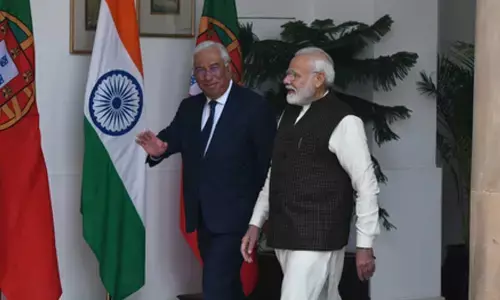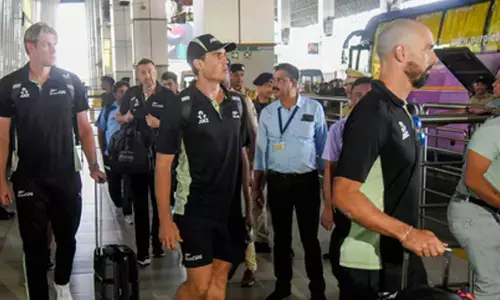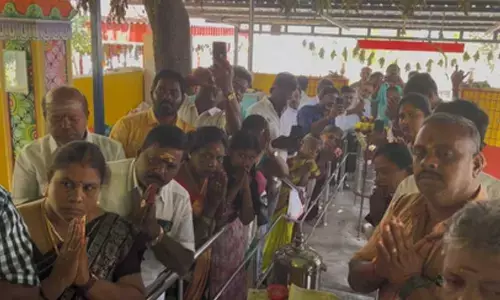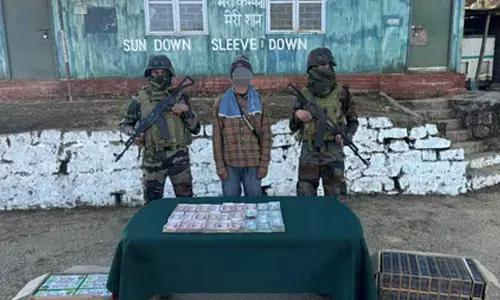We shall overcome some day
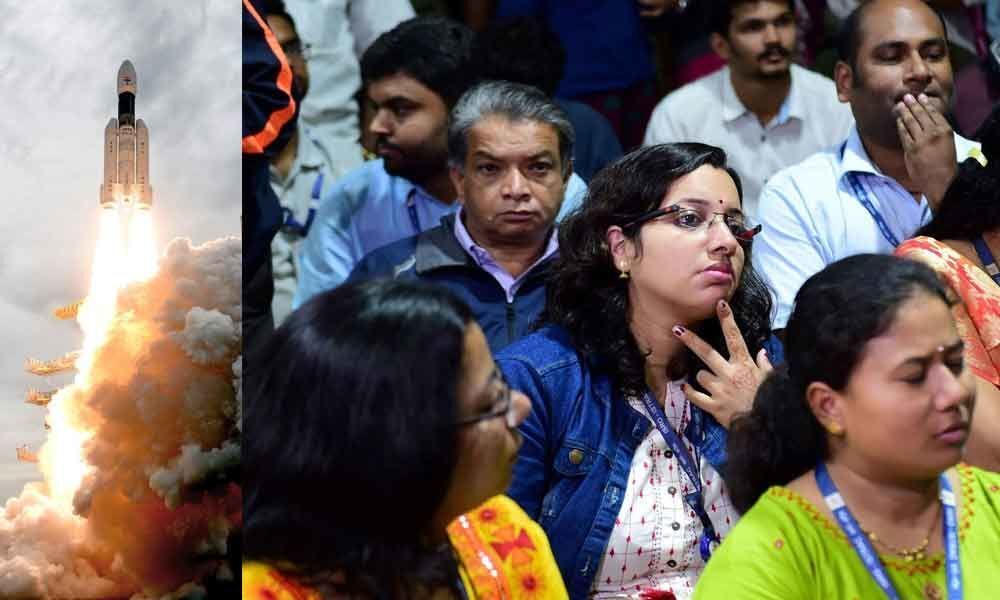
"Hum honge kamyaab, mann me hai vishwas, poora hai vishwas hum honge kamyaab ek din," this is how President Ram Nath Kovind summed up his thoughts after Chandrayaan-2's moon lander Vikram lost contact with ground stations minutes before touchdown early Saturday morning.
New Delhi : "Hum honge kamyaab, mann me hai vishwas, poora hai vishwas hum honge kamyaab ek din," this is how President Ram Nath Kovind summed up his thoughts after Chandrayaan-2's moon lander Vikram lost contact with ground stations minutes before touchdown early Saturday morning.
Kovind said like Swami Vivekananda is a timeless rode model for youths, ISRO Chairman K Sivan and his team will be India's role model in the field of space in the times to come "I remember Chandrayaan-2's launch was earlier scheduled on July 15. I was there in Sriharikota.
I saw the massive carrier, "Bahubali", from close proximity. Thereafter, I proceeded to the assembly point," he said. "What I liked the most was that there were as many women in the engineering team as men," the president said.
Lauding the scientists for their commitment to their work, he recalled a woman scientist telling him she had left her six-month-old baby with her parents at Bengaluru.
The launch in July was deferred after a technical snag developed in the launch vehicle system about one hour before blast-off. "It was coincidence and not misfortune," the president said at the event organised Pawan Chintan Dhara Ashram.
Orbiter healthy in lunar orbit
The Chandrayaan-2 orbiter is healthy and safe in the Lunar orbit, an ISRO official said after the Vikram lander lost contact with ground stations minutes before the touchdown on Moon's surface early on Saturday.
"The orbiter is healthy, intact, functioning normally and safely in the Lunar orbit," the official told PTI. The mission life of the 2,379-kg orbiter is one year.
The orbiter payloads will conduct remote-sensing observations from a 100 km orbit. Chandrayaan-2, a follow-on mission to the Chandrayaan-1 mission undertaken more than a decade ago, comprises an orbiter, lander (Vikram) and rover (Pragyan).
The orbiter carries eight scientific payloads for mapping the lunar surface and study the exosphere (outer atmosphere) of the Moon. ISRO on September two successfully carried out the separation of lander Vikram (with rover Pragyan housed inside) from the Chandrayaan-2 orbiter.
Bold attempt: Jerry Linenger
The lessons learned from India's 'bold attempt' to soft-land Chandrayaan-2's Vikram module on the lunar surface will help the country during its future missions, former National Aeronautics and Space Administration astronaut Jerry Linenger said on Saturday.
Linengar, who flew on Russian space station Mir that operated in low Earth orbit from 1986 to 2001 for five months, took take part in the live telecast of Chandrayaan-2 landing attempt on the National Geographic Channel.
"We should not be too discouraged. India was trying to do something very, very difficult. In fact, everything was going as planned as the lander came down," Linenger told PTI in an email interview.
Linenger noted that the lander 'unfortunately' never quite made it to the hover point -- which is an altitude of about 400 metres above the lunar surface.
"...if it had made it to that point, and even if it had not succeeded beyond that, it would have been helpful because the radar altimeters and lasers could have been tested. But if you step back and look at the big picture, this (attempt) would obviously be very helpful for follow on missions," he said.
Did Vikram lose control?
Did India's first moon lander Vikram crash on to the lunar surface resulting in the sudden snapping of the communication link with the Chandrayaan-2 Orbiter? All was going well with the 1,471 kg Vikram that began its descent at about 1.38 a.m. on Saturday from an altitude of 30 km at a velocity of 1,680 metres per second.
On the screen at ISRO's telemetry, tracking and command network (ISTRAC) centre, it was seen that Vikram slightly changed from its planned path and then the communication link got snapped. The lander was smoothly coming down with the ISRO officials applauding at regular intervals and their faces beaming with pride.
The lander successfully completed its rough braking phase with its descent speed going down well. So what went wrong at the last moment? According to an ISRO official, the lander could have lost its control when its thrusters were switched off during its descent and crash-landed snapping the communication links.
Meanwhile, all is not lost as far as the Rs 978 crore Chandrayaan-2 mission is concerned. "Only 5 per cent of the mission has been lost - Vikram the lander and Pragyan the rover - while the remaining 95 per cent - that is the Chandrayaan-2 orbiter - is orbiting the moon successfully," an ISRO official told IANS who did not want to be identified.








